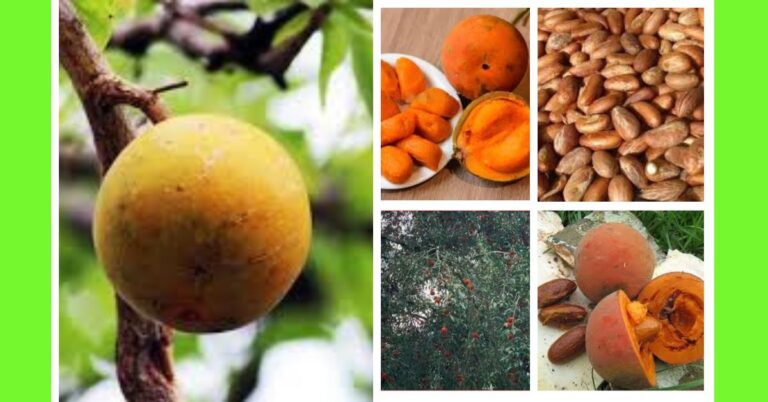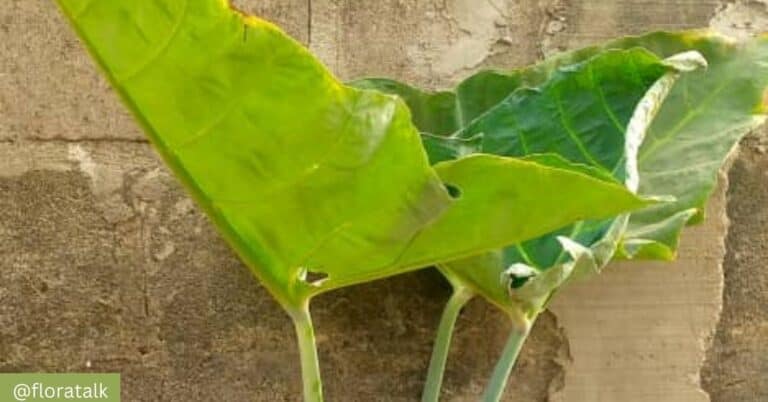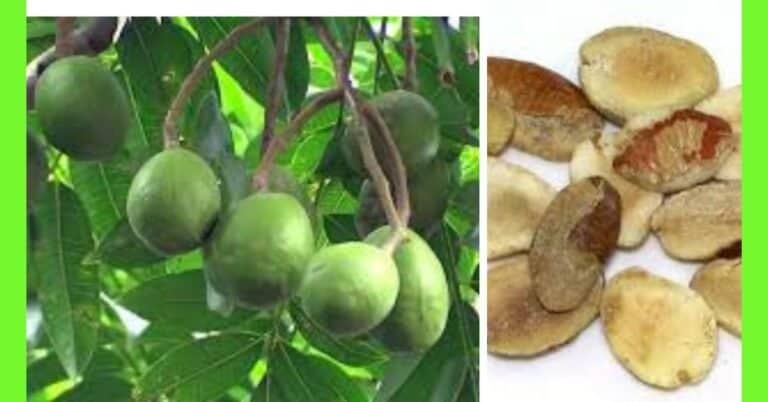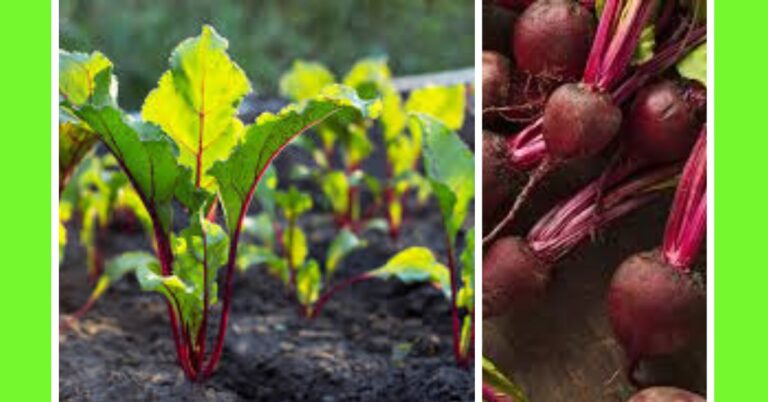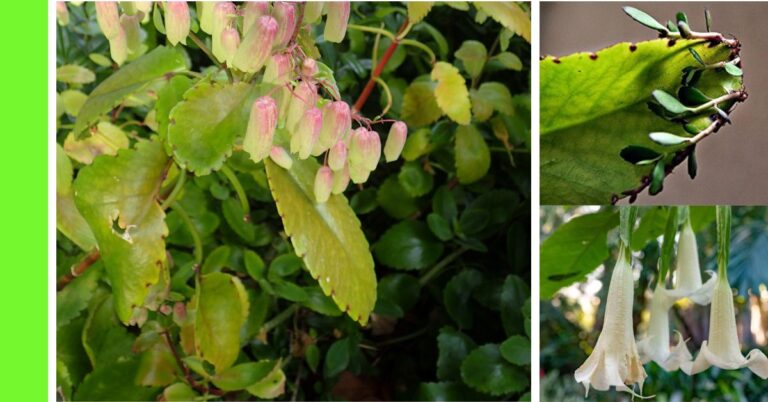How to Plant Cloves: A Step-by-Step Guide

Clove (Syzygium aromaticum) is a highly valued spice used for its culinary and medicinal properties.
Cultivating it is an excellent agricultural venture in Nigeria due to its tropical climate, which provides the ideal conditions for clove farming.
This article provides a detailed guide on how to plant cloves in Nigeria, from preparation to harvesting, and pest control.
Description of a Clove Plant
The clove plant is an evergreen tree.
It belongs to the Myrtaceae family and grows to a height of 8-12 meters when fully mature.
The tree has a conical shape, and its aromatic leaves are dark green, glossy, and lanceolate.
Clove flowers grow in clusters and are initially pale before turning green and eventually bright red when mature.
The dried flower buds are the primary spice known as cloves.
Clove trees are long-lived and can produce harvests for up to 80 years when properly maintained.
Planting Season for Cloves
The best time to plant cloves in Nigeria is at the beginning of the rainy season, which typically starts between March and May in most regions.
The rainy season provides the moisture necessary for seed germination and young plant establishment.
However, areas with irrigation systems can plant cloves year-round, provided adequate water is available.
Clove seeds lose viability quickly, so they should be planted immediately after harvesting for the best results.
Planting Cloves
To cultivate cloves successfully, it is essential to follow these steps:
Step 1: Choose a Location
Cloves thrive in warm, humid environments with plenty of rainfall and temperatures between 20-30°C. Select a site with:
- Well-drained loamy or sandy soil, rich in organic matter.
- Partial to full sunlight.
- Adequate shelter from strong winds, which can damage young plants.
Avoid waterlogged areas, as cloves are sensitive to water stagnation, which can lead to root rot.
Step 2: Land Clearing and Preparation
Prepare the land by clearing weeds, bushes, and any debris. Clove trees require deeply tilled soil to ensure proper root penetration.
- Plough the soil to a depth of 30-40 cm to loosen it.
- Level the land to prevent water from pooling during the rainy season.
- Add organic matter like compost or well-rotted manure to enrich the soil with nutrients.
Step 3: Means of Propagation
Cloves are propagated primarily through seeds, but they can also be grown from seedlings or cuttings. Seeds are the most common method in Nigeria because they are more accessible.
- Seed propagation: Clove seeds must be fresh, as they lose viability within 2-3 days.
- Vegetative propagation: This method involves planting cuttings or grafts from mature clove trees.
Step 4: How to Plant Cloves from Seed
- Obtain fresh seeds: Harvest seeds from mature clove fruits (often called mother cloves) when they turn purple. Remove the outer pulp and wash the seeds in clean water.
- Prepare a nursery bed: Create a raised nursery bed with a mixture of sandy soil and organic manure. Ensure the bed is well-drained and in a shaded area.
- Sow the seeds: Plant seeds 2-3 cm deep in the nursery bed, with a spacing of 5-10 cm between seeds.
- Cover and water: Cover the seeds lightly with soil and water gently to avoid displacing them.
- Transplant seedlings: After 6-12 months, when seedlings reach 20-25 cm in height, they can be transplanted to the main field. Maintain a spacing of 6-8 meters between trees to allow for proper growth.
Step 5: Watering
Clove plants require consistent moisture, especially during the germination and seedling stages.
- Water daily during dry periods to prevent the soil from drying out.
- Reduce watering frequency once the plants are established, but ensure they receive at least 1,500-2,500 mm of rainfall annually.
Step 6: Apply Manure
Clove trees need nutrient-rich soil for optimal growth.
- Apply organic manure (e.g., compost or farmyard manure) around the base of the plants during planting.
- Use nitrogen, phosphorus, and potassium (NPK) fertilizers sparingly as the plants mature to boost flowering and fruiting.
Maturity and Harvest
Clove trees take about 4-6 years to start flowering and 7-8 years to produce their first full harvest.
Harvesting is done when the flower buds turn bright red, just before they bloom.
Overripe buds lose their oil content and quality.
Harvesting is labour-intensive and involves handpicking the buds or using a ladder for higher branches. After harvest:
- Dry the buds in the sun for 4-7 days until they become dark brown.
- Store dried cloves in airtight containers in a cool, dry place to maintain their quality.
A mature clove tree can produce 3-5 kg of dried cloves annually.
Pests and Diseases
Clove trees are susceptible to several pests and diseases, including:
Common Pests
- Stem borers: These insects bore into the tree trunk, weakening it and reducing productivity.
- Scale insects: They feed on plant sap, causing stunted growth and leaf yellowing.
- Mealybugs: These pests suck sap and excrete honeydew, which attracts sooty mould.
Common Diseases
- Leaf spot: Caused by fungal infections, this disease leads to brown or black spots on leaves.
- Dieback: Fungal pathogens cause branches to wither and die back from the tip.
- Root rot: Occurs in waterlogged soils and causes the roots to decay.
Pest and Disease Control
Preventive Measures
- Ensure proper spacing between trees to improve air circulation.
- Avoid overwatering or planting in poorly drained soils.
- Regularly inspect plants for early signs of pests or diseases.
Control Methods
- Biological control: Introduce natural predators like ladybugs to control scale insects and mealybugs.
- Cultural practices: Prune infected branches and destroy them to prevent the spread of diseases.
- Chemical control: Use approved insecticides and fungicides as a last resort. Follow the manufacturer’s instructions to avoid overapplication.
Conclusion
Clove farming in Nigeria is a lucrative venture that can yield substantial profits with proper care and management.
By following the steps outlined in this guide, you can establish a thriving clove plantation.
From selecting the right location and propagating seeds to managing pests and diseases, patience and attention to detail are essential for success.
With Nigeria’s favourable climate, clove farming has the potential to become a significant agricultural enterprise for both small and large-scale farmers.
I hope this article was helpful.
Is there any crop you want to grow and can’t find in our How to Grow category?
Let us know; leave a note in the comment box below.

